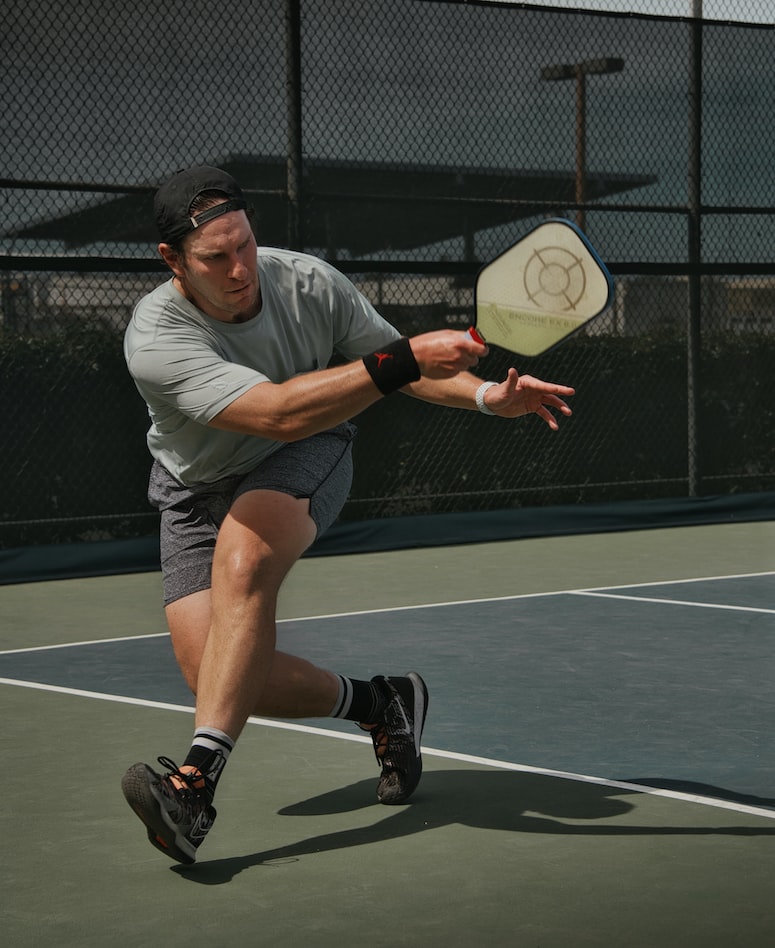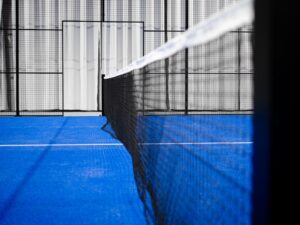How to choose the right grip for your padel racket
3 min read
How to Choose the Right Grip for Your Padel Racket
If you want to improve your performance and comfort while playing padel, choosing the right grip for your racket is essential. With so many options available in the market, making a decision can seem daunting. In this article, we’ll guide you through the key considerations when choosing a padel racket grip and help you find the perfect fit.
Why is the Right Grip Important?
The grip of your padel racket is the only contact point between you and the racket. A good grip will provide optimal comfort, prevent slipping, and help you generate more power and control on your shots. On the other hand, a poor grip can cause discomfort and blisters, compromise your technique and affect your confidence on the court. That’s why it’s crucial to choose a grip that suits your playing style, hand size, and preferences.
Types of Padel Racket Grips
There are two main types of padel racket grips: overgrips and replacement grips. Overgrips are thin, soft, and inexpensive grips that you wrap around your existing grip to enhance its traction and cushioning. Overgrips come in a variety of colors and textures, and you can change them frequently to maintain a fresh and clean handle. Replacement grips, sometimes called base grips, are thicker and more durable grips that you apply directly on top of the handle. They offer added cushioning, absorption, and tackiness, and can improve the feel and control of your shots.
Factors to Consider When Choosing a Padel Racket Grip
1. Thickness: The thickness of the grip will affect how it feels in your hand, and how much it absorbs shock and vibrations. Thicker grips are more cushioned and less prone to slipping, while thinner grips can offer more precision and sensitivity. You can try different thicknesses and see which one suits you best.
2. Tackiness: The tackiness of the grip refers to how sticky or non-slip the surface is. A more tacky grip will provide better grip and control, especially in humid conditions or when your hands are sweaty. However, some players may prefer a less tacky grip to allow for more freedom of movement and less grip pressure.
3. Material: The material of the grip will affect how durable, comfortable, and breathable it is. Most grips are made of synthetic materials such as polyurethane, silicone, or rubber, with varying textures and patterns. Some grips may have added features such as perforations, cushioning, or antibacterial properties.
4. Size: The size of the grip should match the size of your hand, as well as your playing style. A grip that is too small or too big can cause discomfort, blisters, or loss of grip control. Some players may prefer a smaller grip for more wrist mobility and spin, while others may prefer a larger grip for more stability and power.
Tips for Trying and Maintaining Your Padel Racket Grip
1. Try different grips: Don’t be afraid to experiment with different types of grips, thicknesses, and textures until you find the one that fits your hand and playing style. You can also ask your fellow padel players or your coach for recommendations.
2. Install the grip correctly: Make sure you install the grip according to the manufacturer’s instructions, or ask a professional for help if you are not confident. A poorly installed grip can affect its performance and durability.
3. Maintain the grip: To prolong the life of your grip, clean it regularly with mild soap and water, and let it dry completely before using it again. Avoid exposing the grip to extreme temperatures, sunlight, or moisture.
Conclusion
Choosing the right grip for your padel racket is not only a matter of comfort and aesthetics, but also a key factor in your performance and enjoyment on the court. By considering the thickness, tackiness, material, and size of the grip, you can find the perfect fit that will boost your confidence and control on your shots. Don’t forget to try different grips, install them correctly, and maintain them properly to get the most out of your padel racket accessories.







